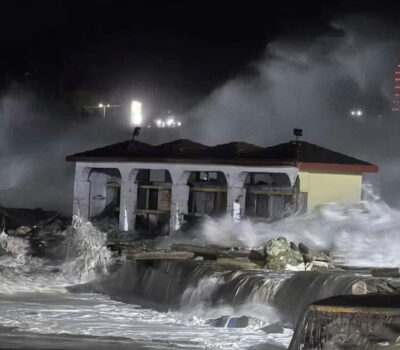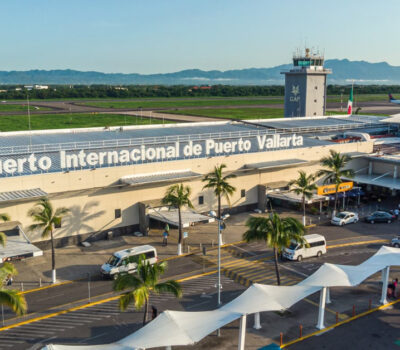PUERTO VALLARTA (PVDN) – Acapulco, Mexico, is facing the daunting task of reconstruction in the aftermath of Hurricane Otis. This catastrophic Category 5 storm has laid bare critical frailties in the nation’s aging infrastructure. As the city seeks to heal from the devastation inflicted on October 25, experts across various fields are calling for urgent reforms to prevent such disasters from recurring in Puerto Vallarta or any other coastal destination in Mexico.
Climate specialists, architects, engineers, and government officials are advocating for a suite of enhancements in Mexico’s approach to infrastructure. These recommendations include the imposition of more stringent building standards, the advancement of flood water management systems, and the improvement of storm detection capabilities to mitigate the human and economic toll of such natural calamities.
In the wake of Hurricane Otis, a heightened sense of urgency surrounds Mexico’s preparedness for extreme weather events. Given the escalating concerns regarding climate change and the increasing frequency of high-intensity storms, the imperative for fortified defenses is clear, particularly as Mexico’s coastal areas experience population booms.
Former Tourism Minister Enrique de la Madrid cautioned that proactive measures are critical. “Because these hurricanes are going to keep coming,” he stated, “we must confront the challenge head-on: how do we construct more resilient infrastructure and what policies must we embrace to counteract climate change?”
The parallels drawn with the seismic shifts post the devastating 1985 Mexico City earthquake are poignant reminders. Post-earthquake, Mexico City implemented rigorous building standards that markedly reduced damage during subsequent earthquakes, including the notable quake 32 years later. However, a disparity exists nationally as Mexico allows individual municipalities to establish their own construction regulations, resulting in a patchwork of standards that can vary greatly in stringency.
The lack of national building regulations is a stark contrast to the practices of regional counterparts and a potential oversight in the face of disasters. Notably, a 2019 government study identified extensive regions in the coastal states of Oaxaca, Tamaulipas, and Guerrero with no construction regulations in place, though Acapulco does maintain its own set of rules.
Post-Otis, President Andres Manuel Lopez Obrador has prompted a review of Acapulco’s building integrity. However, as of this report, the President’s office has not issued a statement on the matter.
Adrian Pozos, a structural engineer from the National Autonomous University of Mexico, emphasized that current building and design norms are deficient. His insights, garnered from the aftermath of Hurricane Odile in 2014, revealed that Acapulco’s infrastructural damage surpassed that of Odile, despite the latter’s lower category rating. Pozos identified vulnerabilities in lighter building materials and communication towers, underscoring the need for coastal towns like Zihuatanejo, Puerto Vallarta, and Cancun to enhance the durability of metallic structural elements particularly susceptible to salt air corrosion.
Updating wind regulation codes is imperative, Pozos argues, especially for edifices over a decade old. Future constructions must be engineered to withstand wind speeds akin to Otis’s destructive 329 kph (204 mph) gusts.
Mexico’s current building code recommendations, as per a 2020 manual from the state power utility, are considerably lower than the standards Pozos suggests, and pale in comparison to those enforced in hurricane-prone areas like Miami.
In response to the disaster, President Lopez Obrador has unveiled a $3.4 billion recovery strategy for Acapulco with an optimistic completion timeframe by Christmas. However, experts like David Waggonner, from the New Orleans-based architecture firm Waggonner & Ball, warn that recovery and strengthening could span years. Waggonner, renowned for his work in redesigning New Orleans’ water infrastructure post-Hurricane Katrina, advocates for thorough assessments of Acapulco’s water management systems.
The implementation of such infrastructure improvements is only one facet of a complex issue. Sustained investment and maintenance of protective systems are equally vital, Waggonner asserts, underscoring the need for ongoing financial commitment to hurricane defense systems.
The road to recovery for Acapulco will not only be paved with reconstruction efforts but also with a reevaluation of existing infrastructure policies to withstand the ferocity of nature’s future challenges.
PUERTO VALLARTA (PVDN) - Acapulco, Mexico, is facing the daunting task of reconstruction in the aftermath of Hurricane Otis. This catastrophic Category 5 storm has . . .












